Are you stuck trying to decide between container gardening and growing your plants in the ground? Let’s fix that.
In this post, we will look at 10 differences to consider when choosing the right type of garden for your available space.
For each point, you will see examples and simple tips for creating a productive garden, no matter which method you choose.
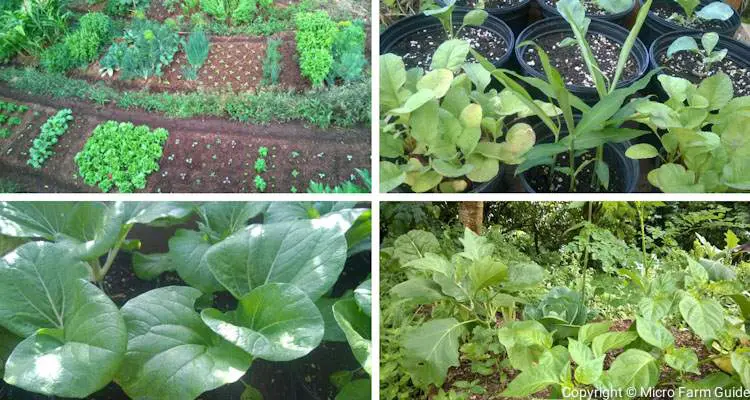
However, I must note that there will be challenges. Thankfully, with knowledge, planning, and some effort, you will be able to reap the fruits of your labor.
So, without further delay, here are the 10 differences between in-ground and container gardening.
1. Efficient Use Of Space
Agricultural techniques such as Syntropic Farming and Square Foot Gardening have significantly improved the efficient use of garden space. However, there are still some limits as to where you can set up these systems.
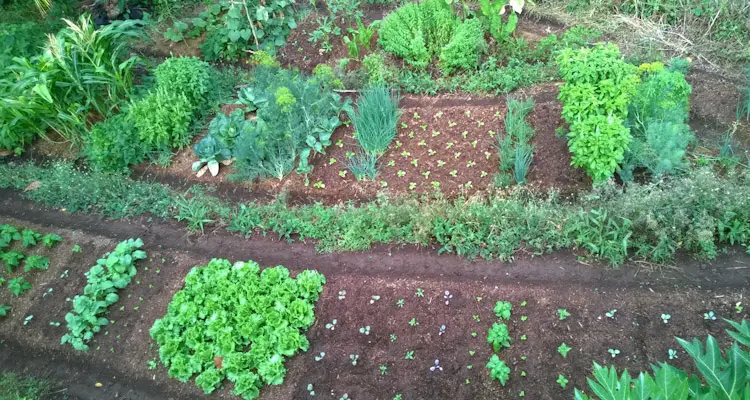
On the other hand, a container garden can be created anywhere, including driveways, rooftops, balconies, or even hung from posts. As a result, you can use almost every square foot of your property.
It is possible to expand your ordinary garden through raised beds. However, you will soon notice that these beds resemble container gardens with every inch of height you add.
2. Cost To Create And Maintain The Garden
Whether you garden in containers or on the ground, you will have some expenses. However, equipment and materials costs make container gardening significantly more expensive than a similar size in-ground system.
For example, You need various materials, including about 2 cubic feet of potting mix, to fill three 5-gallons containers. While you can reuse the potting soil eventually, this can be a pretty costly initial investment.
Ideally, you can use DIY alternatives to create your garden on a budget. However, this approach requires additional time to gather materials and adjust them to suit your needs.
3. Method Of Fertilizer Application
Plants grown in the ground can benefit from the microbial activity of the Soil Food Web. This activity allows nutrients to be extracted from organic and inorganic material when necessary.
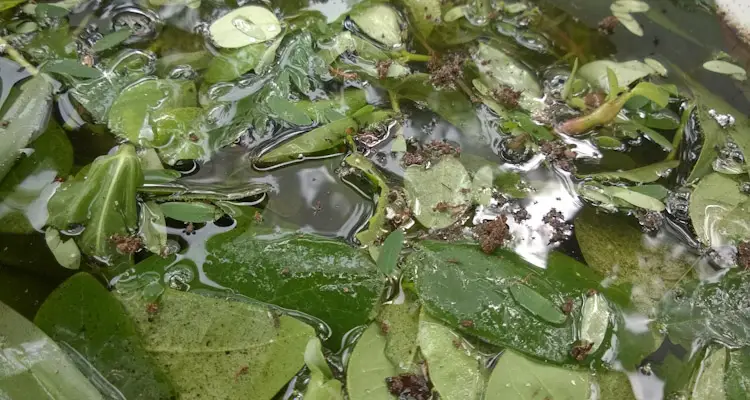
In contrast, plants grown in containers rely on the nutrients they provide. As a result, gardeners often use soluble fertilizers or foliar applications to meet these needs.
Eventually, microbes will find their way into the potting mix, allowing the use of organic materials. However, you can hasten this process by adding bioactive amendments such as leaf mold, compost, and microorganism solutions to the container soil.
4. Efficient Use Of Water And Nutrients
Up to 80% of the water used to irrigate in-ground gardens is wasted due to overwatering, runoff, and evaporation, taking valuable nutrients away.
In contrast, container gardens require as low as 10% of the water used by similar in-ground systems. As a result, this method shows promise in areas where water is limited.
Thankfully, there are various techniques you can use to enhance the soil structure and water holding capacity, including the addition of organic materials and the use of mulch. However, this can be a never-ending process based on your location since organic matter can break down rapidly.
5. Size And Type Of Plants Grown
While it is possible to grow most plants in containers, it is not always practical due to the pot size you would have to use.
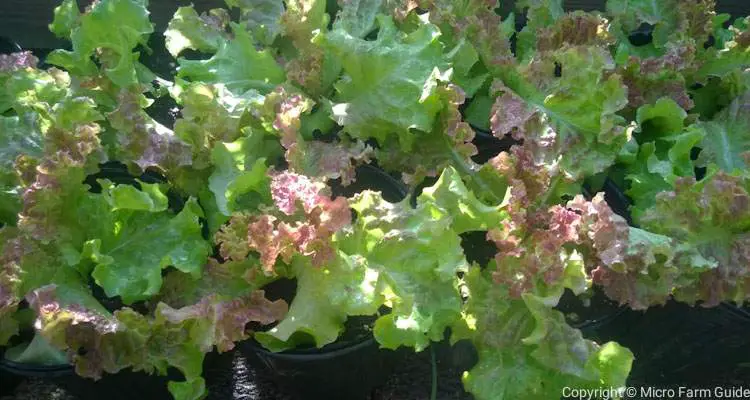
Smaller plants such as herbs, vegetables, shrubs, flowers, and certain dwarf fruit trees can thrive in pots. However, this might require some pruning, repotting, and additional fertilizer.
This sizing is not an issue when growing in the ground, where plants are free to spread their roots as they desire. Nevertheless, these plants still need to be pruned and cared for to ensure the best possible yields.
6. Pest And Disease Control
Container Gardening offers a relatively controlled environment, which allows plants to grow without unnecessary chemicals and other harmful substances.
On the other hand, plants grown in the ground sometimes have to deal with nematodes, root-feeding insects, and different soil-borne organisms. While these pests can be managed organically, they can be time-consuming.
In most cases, these critters are kept in check within the soil. However, if there is an unbalance, they can wreak havoc on specific plants. Needless to say, once the balance is restored, plants will flourish once again.
7. The Ability To Tailor To The Needs Of Specific Plants
Plants with similar needs such as soil acidity, moisture, and nutrients should be grouped together in the garden. However, this can become complicated and has often resulted in monoculture-like situations.
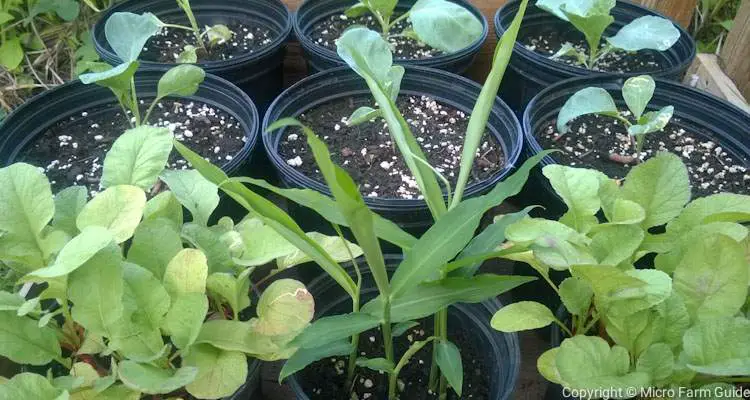
In container gardening, plants are usually grown individually. This allows you to give each plant the necessary care and attention, making it possible to cater to the needs of specific plants or varieties.
Gardening practices such as companion planting, consortium design, and natural farming seek to mimic nature and encourage the development of healthy soils capable of supplying various plants with various needs. However, this is a long-term process that requires additional skills and persistence.
8. Passive Control of Invasive Plants
Weed seeds usually lay dormant in the soil, waiting for the right conditions to germinate and spread. Once established, they are challenging to manage, regardless of your chosen method.
The growing media used in container gardening provides a weed-free based on which to create your garden. So long as you are careful about what you add to the system, you can avoid the painstaking task of repeated weeding.
However, unless you intend to sterilize all your compost or completely enclose your container garden, you will see the occasional volunteer plants. Thankfully, these are easily managed by uprooting them while still young.
9. Growth And Production Of Plants
Under ideal conditions, plants grown in the ground will easily outperform those grown in containers. Unfortunately, typical growing conditions are usually far from perfect and out of control. However, container gardening offers the ability to modify these conditions.
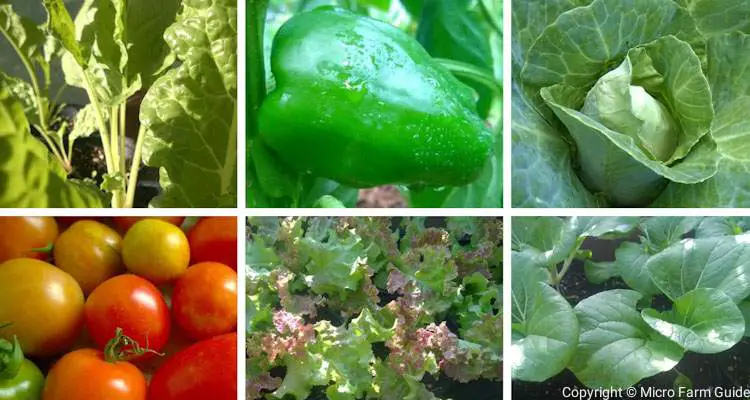
For instance, if your container plants show abnormal growth, you can examine them for common issues. Then repot them into larger containers, providing additional space, nutrients, and moisture if necessary.
These measures and attention to detail give the plants the conditions for vigorous growth and abundant yields. While achieving these conditions in the soil is possible, I’m sure you would agree that it takes a lot more time, energy, and effort to do so.
10. Portability And Scalability
Container gardening produces more predictable results. Using your data to copy your system to multiple locations, you can scale your garden almost indefinitely.
For example, if you need to relocate, you can literally pack and transport your entire container garden. Alternatively, you can set up an identical system using similar equipment and materials to those used in your current project without much of an issue.
However, suppose you intend to grow your crops in the ground. In that case, you will need to start from scratch with each new location, testing and amending the soil when necessary.
Final Thoughts
There are many differences between in-ground and container gardening. However, it is difficult to say that one is better than the other. Ultimately, it depends on the needs and resources that you have available.
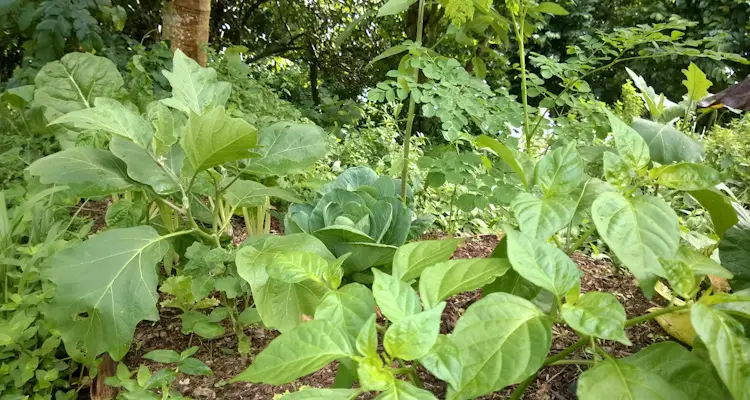
In keeping with Permaculture principles, your aim should be to start small and as close to your home as possible to get the hang of the processes involved.
Ideally, you can start by creating a container garden to provide you with vegetables, herbs, and smaller fruits. Then gradually expand to in-ground gardening if you can access available land and resources.
Related Questions
Why Is Garden Soil Not Suitable For Container Gardening?
Most garden soils are not suitable for container gardening due to their structure and potential risk of soil-borne diseases. If used, they tend to clump together, becoming soggy when wet or rock-hard when dry. However, you can amend garden soil with organic material, nutrients, and microorganisms, making it a viable growing media.
What are Some Disadvantages Of Container Gardening?
The main disadvantage of container gardening is the cost of the equipment and materials needed to create and maintain the system. While some people can lessen these expenses by using DIY solutions, it is still a limiting factor for the most part.
Is Container Gardening Better Than Growing Plants In The Ground?
Container gardening is generally better than growing plants in the ground where space and resources are limited. It requires less water, time, and labor to produce similar if not better results. However, getting started is costly, which can be a limiting factor for most beginners.
References
The University Of Minnesota Extension. Fertilizing And Watering Container Plants. extension.umn.edu. Accessed August 2022
Tacoma Pierce County Health Department. Watering Wisely. [PDF] Accessed August 2022
The University Of Minnesota Extension. Controlling Weeds In Home Gardens. extension.umn.edu. Accessed August 2022
Oklahoma State University Extension. Home Vegetable Garden Insect Pest Control. extension.okstate.edu. Accessed August 2022

